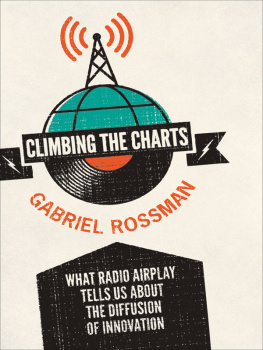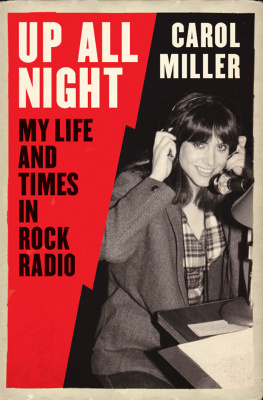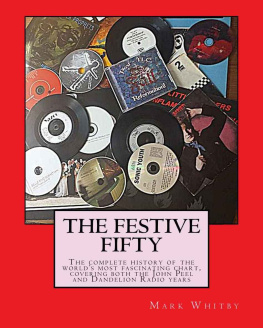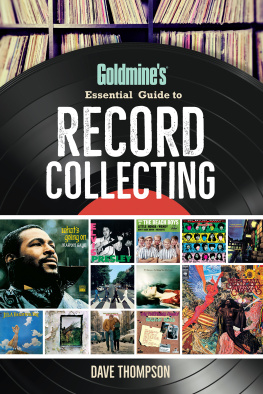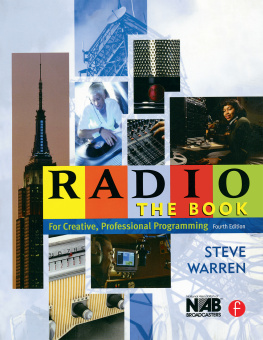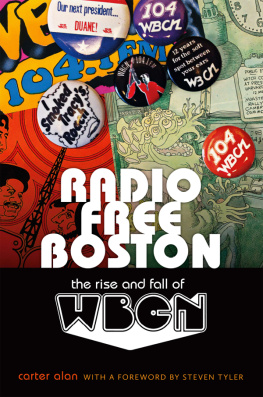ACKNOWLEDGMENTS
This work was supported by several grants. In particular, my first grant was a UCLA faculty senate research grant that allowed early development of the project. The National Science Foundation program in Innovation and Organizational Sciences awarded grant #SES-0724914, Sustaining and Disruptive Innovation: Drawing Lessons from the Radio Industry. This research made use of facilities and resources at UCLA's California Center for Population Research, which is supported by infrastructure grant R24HD041022 from the Eunice Kennedy Shriver National Institute of Child Health & Human Development. Finally, I received generous support as a Sloan Foundation fellow in industry studies for 20092011. These grants facilitated research assistant labor to collect the social network data used in , purchases of proprietary monitored airplay and station financial data, and course release time for writing. Of course any opinions, findings, and conclusions, or recommendations expressed in this material are those of the author and do not necessarily reflect the views of the funders.
I presented chapter drafts at various workshops and benefited from feedback there. I presented an early version of chapters 13 to both my own colleagues at UCLA sociology and a joint session of Princeton's sociology department and the Center for Arts and Cultural Policy Studies, where Pierre Kremp served as a very useful discussant. I presented .
Although only overlaps with my dissertation, the work has a strong indirect influence from my advisor, Paul DiMaggio. In the summer of 2000, Paul and I spent many hours discussing diffusion processes and sketching s-curves on the blackboard. I ended up doing my dissertation on a different set of issues and for several years we didn't discuss diffusion, let alone collaborate on it, but in the last few years each of us has returned to focusing on diffusion. How I think as a sociologist in general reflects his supervision of my entire graduate education, and how I think about the specific issues in this book is the result of several conversations about diffusion we had more than ten years ago. Those discussions planted a seed in me that is germinating with this book and related work.
This book benefited greatly from related work with Ming Ming Chiu and Joeri Mol. Together we published an article in Sociological Methodology that served as a sort of precursor to the book, especially .
During the time I worked on this book, I benefited from people in the radio industry. Several programmers (who will remain anonymous) generously consented to qualitative interviews and to pre-test the survey used for . Jeff Gelb of Mediabase and Karen Brandt of BIA/fn provided access to airplay and station data. In the media policy community I've had the benefit of talking shop with Peter Alexander, Pete DiCola, Joe Karaganis, Phil Napoli, Paul Porter, George Williams, and especially Kristin Thomson.
UCLA's Academic Technology Services has a world-class set of statistical consultants and I rely on them shamelessly in all of my work, especially Xiao Chen. In addition, UCLA's California Center for Population Research has an excellent set of resources, not the least of which are the center's former and current programmers: David Ash, Laura Piersol, and Aaron Seligman. The readers of my Code and Culture blog, especially Kieran Healy, provided useful help with debugging certain problematic bits of code and but for their help I might still be trying to generate the graphs in .
UCLA sociology is blessed with many creative and supportive colleagues. I most directly benefited from conversations with and manuscript comments from Bill Roy, Judy Seltzer, Stefan Timmermans, Andreas Wimmer, Lynne Zucker, and several colleagues who provided feedback anonymously as part of my mid-tenure review. Maria Johnson Kriechbaum was an incredibly efficient and conscientious research assistant whose work was invaluable to surveying the radio stations and querying the databases.
While writing this book I spent the better part of two years visiting Harvard. During this time the chairs and staff were very hospitable, granting me access to tangible departmental and campus resources as well as the equally valuable but less tangible benefit of being a welcome guest. The faculty and students at Harvard's sociology department (as well as MIT's Sloan school) are especially good fits for someone interested in culture, economic sociology, and diffusion. I enjoyed the company of many people at Harvard, but this book was most directly influenced by Frank Dobbin, Filiz Garip, Michle Lamont, Mark Pachucki, and Ezra Zuckerman (MIT).
It has been a delight to work with Eric Schwartz at Princeton University Press. He has consistently been engaged and open and from very early in writing the book I've understood him less as a gatekeeper than a collaborator and supporter. Peer reviewers provided helpful comments and in particular drove me to more explicitly draw out the book's general applications to diffusion of innovation, which were only tacit in the manuscript even though they originally motivated the research.
Nicole Esparza's most direct influence was that was inspired by conversations with her about distinctions between the technical and English definitions of the word innovation, which led me to understand the importance of seeing trivially new cultural objects being nested within substantively new categories. In addition to serving as muse to this insight, Nicole has been supportive in every aspect of this project, encouraging me to work late and at one point even sending me off for a month to hole up in an undisclosed location. Similarly, my parents not only put me on the path to be where I am but have continued to help during the process of writing this book, most concretely by putting me up when I was commuting between UCLA and Harvard and in helping Nicole, Frances, and I out on a pretty much weekly basis now that we're back.
Finally, I am grateful to live in a society with the intellectual tradition, wealth, and liberty that are the pre-conditions for the exercise of critical inquiry.
APPENDIX A
DATASETS
Monitored Airplay Data
Most of the analyses in this book are based on Mediabase. This database relies on monitored airplay in which Mediabase itself records which songs were played on the radio. Broadcast Data Systems and MediaGuide provide similar services. All of these monitored airplay services contrast with earlier systems of reporting stations where programmers would tell Billboard what songs they had been playing. The shift to monitored airplay is part of a broader shift in the media measurement industry since 1990 from techniques that rely on human recall to more accurate passive monitoring systems that are less vulnerable to both accidental cognitive biases and deliberate corruption (Anand and Peterson, 2000; Napoli, 2003, 2011).
Mediabase monitors most of the commercial FM radio stations in Arbitron rated markets. Arbitron markets are roughly comparable to the Census Bureau's concept of a Metropolitan Statistical Area. Mediabase includes some music video channels and satellite radio stations, but about 97 percent of the monitored stations are traditional terrestial radio. Note that MTV typically adopts after the median CHR station and thus music video is not driving the external influence pattern described in . Because Mediabase's panel has been expanding over time, in many cases a song began to spread through radio before a station was first observed. This presents the possibility of left-censorship, where the onset of observation can be easily confused with the onset of behavior. To avoid this problem I base analyses of each song only on stations that were already in the Mediabase panel before that song's first spin.

